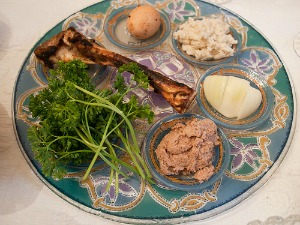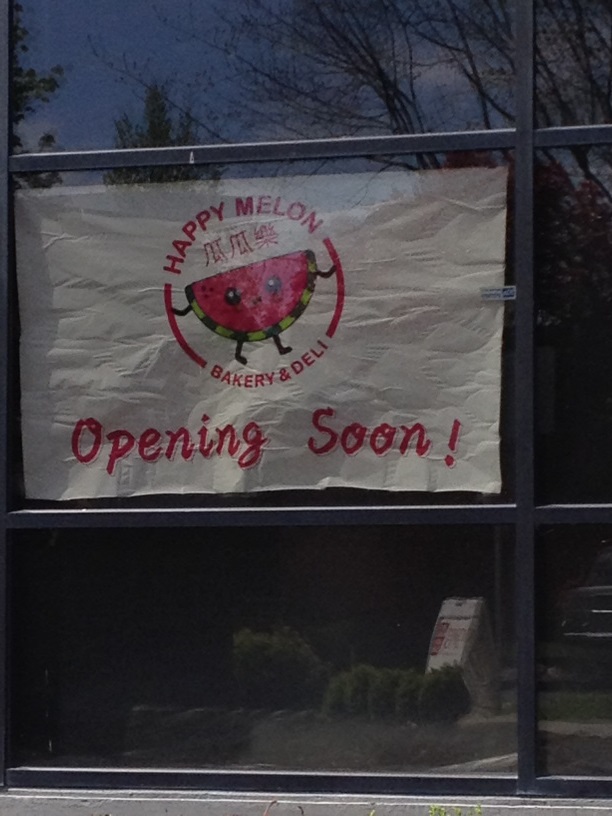Golden Beetle is offering a Passover menu in conjunction with the Jewish holiday which starts Monday at sundown, serving up courses which reflect elements the ceremonial Seder plate. But on most Seder plates, there’s space for six items. Why, on Maria Hines’ menu, are there only five courses?
Chef Ariel Fishman-Larsh – who taught the holiday’s culinary traditions to Hines in the process of developing the prix-fixe dinner – skipped the hazeret, as many Passover celebrants do. Scholars consider the second bitter herb optional, and the hazeret saucer on certain Seder plates frequently confounds hosts who aren’t familiar with the tradition of making room for romaine lettuce, watercress or endive.
“I usually put romaine,” says kosher cookbook author Norene Gilletz. “I always have romaine, and I figured it would work.”
The better-known symbols on the plate are maror, or freshly grated horseradish, which represents the bitterness of slavery; greens and an egg, which stand for springtime; a shank bone, which serves as a reminder of the ancient tradition of animal sacrifice and charoset, an apple-and-wine mixture which is supposed to recall the mortar Jewish slaves used to lay bricks.
Hazeret is also meant to signify hardship.
“It’s just another bitter herb,” Giletz explains. “I think they’re just trying to make sure you know it was difficult.”
In recent years, Jews have updated their Seder plates with olives, to illustrate their hopes for Israeli-Arab peace, and oranges, to indicate solidarity with marginalized communities. But no significant new traditions have sprung up around the hazeret custom: According to Giletz, it’s not unusual for perplexed Passover celebrants to fill the designated hazeret saucer with extra horseradish.
For very observant Jews, the practice of using lettuce or another fresh vegetable can pose problems. “Romaine is a whole deal with the Orthodox, I have to tell you,” Giletz says. That’s because little bugs such as aphids aren’t kosher. (Golden beetles are treyf too, but an eater’s unlikely to unknowingly ingest one.)
The $40 menu at Golden Beetle, available Mar. 25-Apr. 2, includes housemade matzoh with horseradish jam, braised mustard greens, a soft-boiled tea egg, a lamb kebab and charoset. If the restaurant wanted to add hazeret, Giletz suggests the matzoh course is the obvious insertion point.
“The easiest thing to do is maybe put lettuce on the maror, and then they’ve covered,” Giletz says. “They’ve doubled up the bitterness.”
Follow Voracious on Facebook & Twitter. Follow me at @hannaraskin








